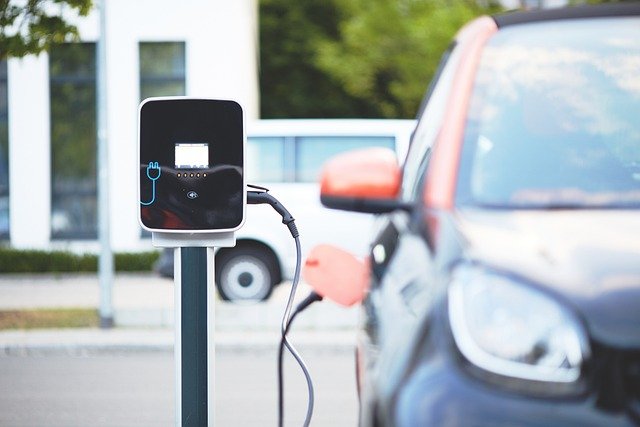Harnessing Waste Heat: The Next Frontier in Automotive Efficiency
The relentless pursuit of efficiency in the automotive world has led engineers to explore innovative avenues for improving vehicle performance. One groundbreaking technology emerging on the horizon is the concept of waste heat recovery systems. This cutting-edge approach aims to capture and repurpose the thermal energy typically lost during engine operation, potentially revolutionizing how we think about fuel economy and emissions reduction in internal combustion engines.

The Untapped Potential of Engine Heat
Internal combustion engines, for all their advancements, still operate at surprisingly low efficiency levels. On average, only about 30-35% of the energy from fuel is converted into mechanical power to drive the vehicle. The rest is lost as heat through the exhaust system, coolant, and other components. This wasted energy represents a significant opportunity for improvement.
Waste heat recovery systems aim to capture this thermal energy and convert it back into usable power. By doing so, these systems can potentially increase overall engine efficiency by 5-10%, a substantial gain in the world of automotive engineering. This technology not only promises improved fuel economy but also reduced emissions, aligning with increasingly stringent environmental regulations worldwide.
Thermoelectric Generators: Turning Heat into Electricity
One of the most promising approaches to waste heat recovery involves the use of thermoelectric generators (TEGs). These solid-state devices utilize the Seebeck effect to convert temperature differences directly into electricity. When integrated into a vehicle’s exhaust system, TEGs can harness the heat from exhaust gases to generate electrical power.
The electricity produced by TEGs can be used to power various vehicle systems, reducing the load on the alternator and, consequently, the engine. This translates to improved fuel efficiency and lower emissions. While the technology is still in its early stages for automotive applications, several major manufacturers are investing heavily in its development, recognizing its potential to revolutionize vehicle efficiency.
Rankine Cycle Systems: Steam Power Reimagined
Another innovative approach to waste heat recovery borrows from industrial power generation: the Rankine cycle. This thermodynamic cycle uses exhaust heat to vaporize a working fluid (typically water or an organic compound) into high-pressure steam. The steam then drives a turbine connected to a generator, producing electricity.
Rankine cycle systems have shown promising results in laboratory tests and limited field trials. They have the potential to recover a higher percentage of waste heat compared to TEGs, especially at higher engine loads. However, the complexity of these systems and the need for additional components present challenges for widespread adoption in passenger vehicles.
Challenges and Future Prospects
While waste heat recovery systems offer exciting possibilities, they also face several hurdles. The added weight and complexity of these systems can offset some of their efficiency gains, particularly in smaller vehicles. Durability and reliability in the harsh automotive environment are also concerns that engineers must address.
Cost remains a significant factor, with current waste heat recovery technologies being too expensive for mass-market implementation. However, as research progresses and economies of scale come into play, these systems could become more economically viable.
Despite these challenges, the potential benefits of waste heat recovery are too significant to ignore. As automakers continue to push the boundaries of efficiency, we can expect to see more advanced and refined waste heat recovery systems in the coming years. These technologies could play a crucial role in extending the viability of internal combustion engines in an increasingly electrified automotive landscape.
Integration with Other Technologies
The true power of waste heat recovery systems may lie in their integration with other emerging automotive technologies. For instance, combining waste heat recovery with advanced engine management systems and mild hybridization could create synergistic effects, further boosting overall vehicle efficiency.
Imagine a scenario where waste heat recovery systems work in tandem with regenerative braking and start-stop technology. The recovered heat energy could be used to quickly restart the engine or provide an extra boost during acceleration, reducing the load on the battery and improving the overall driving experience.
Furthermore, as vehicles become more connected and autonomous, the data gathered from waste heat recovery systems could be used to optimize driving routes and styles for maximum efficiency. This holistic approach to vehicle energy management represents the next frontier in automotive engineering, promising a future where every aspect of a vehicle’s operation is fine-tuned for optimal performance and efficiency.
As we stand on the cusp of this technological revolution, it’s clear that waste heat recovery systems have the potential to redefine our expectations of what’s possible in automotive efficiency. While challenges remain, the road ahead looks promising, paved with innovations that will shape the future of transportation.





